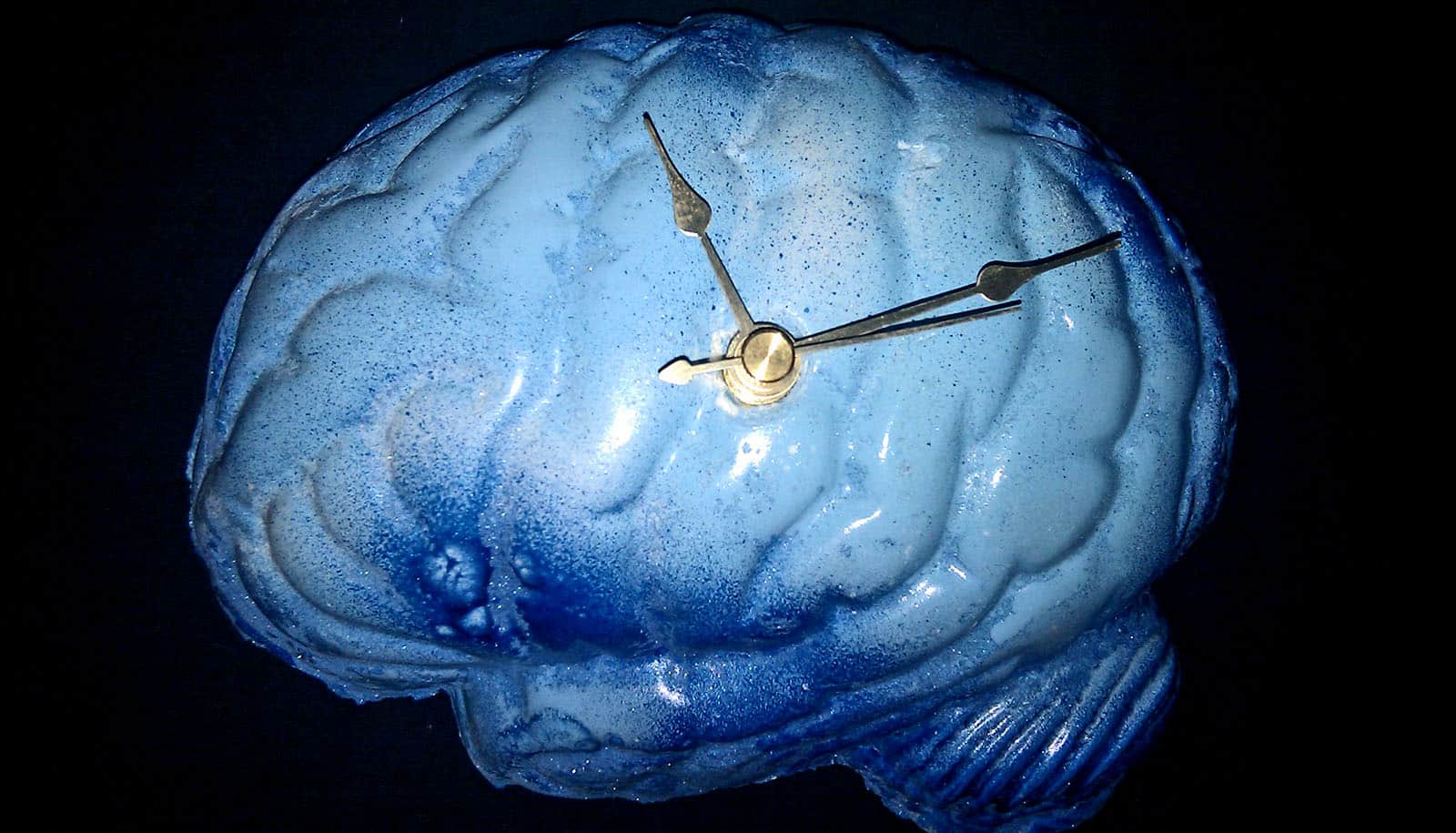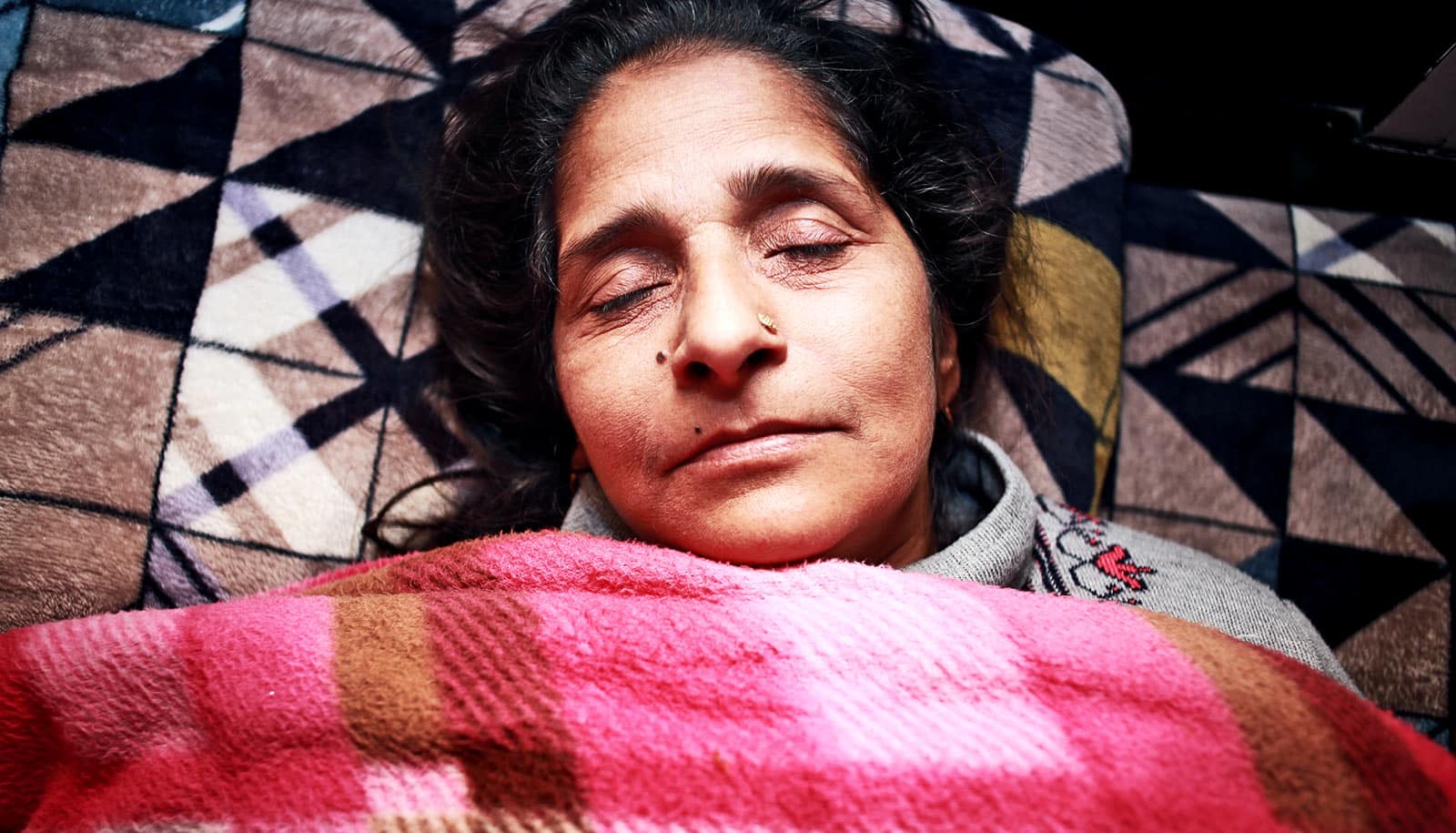Scientists have discovered an important molecular link between lung tumor growth and disrupted circadian rhythms, according to a new study with mice.
Circadian rhythms, sometimes called the “biological clock,” is the cellular process that rules sleep-wake cycles. Jet lag, nighttime snacking, lack of sleep, or irregular work schedules can wreck circadian rhythms.
The World Health Organization has proclaimed that disrupted circadian rhythms are a probable carcinogen.
The latest research in Science Advances, describes that when the circadian clock gets off track, it implicates a cancer-signature gene known as HSF1 that can trigger lung tumors. Lungs are under tight circadian control and seem to be particularly vulnerable to a disrupted biological clock.
The paper describes in mouse models the role of HSF1 signaling, a previously unknown mechanism that may explain tumor formation in response to rhythm disruption.
The findings also suggest that it may be possible to target HSF1 with drug therapy, to prevent cancer among people with frequently disturbed circadian rhythms.
Although this study was done in mice, other data link circadian disruption to human tumors, says coauthor Brian Altman, an assistant professor of biomedical genetics at the University of Rochester Medical Center.
“Everything points in the same direction,” he says.
Altman notes that, in this case, when the circadian clocks in mice are disrupted by inconsistent sleep, for example, the outcomes are highly relevant to people who work night shifts or rotating schedules.
Katja Lamia, associate professor of molecular medicine at Scripps Research Institute is the study’s lead author. The National Science Foundation and the National Institutes of Health funded the work.
Source: University of Rochester



